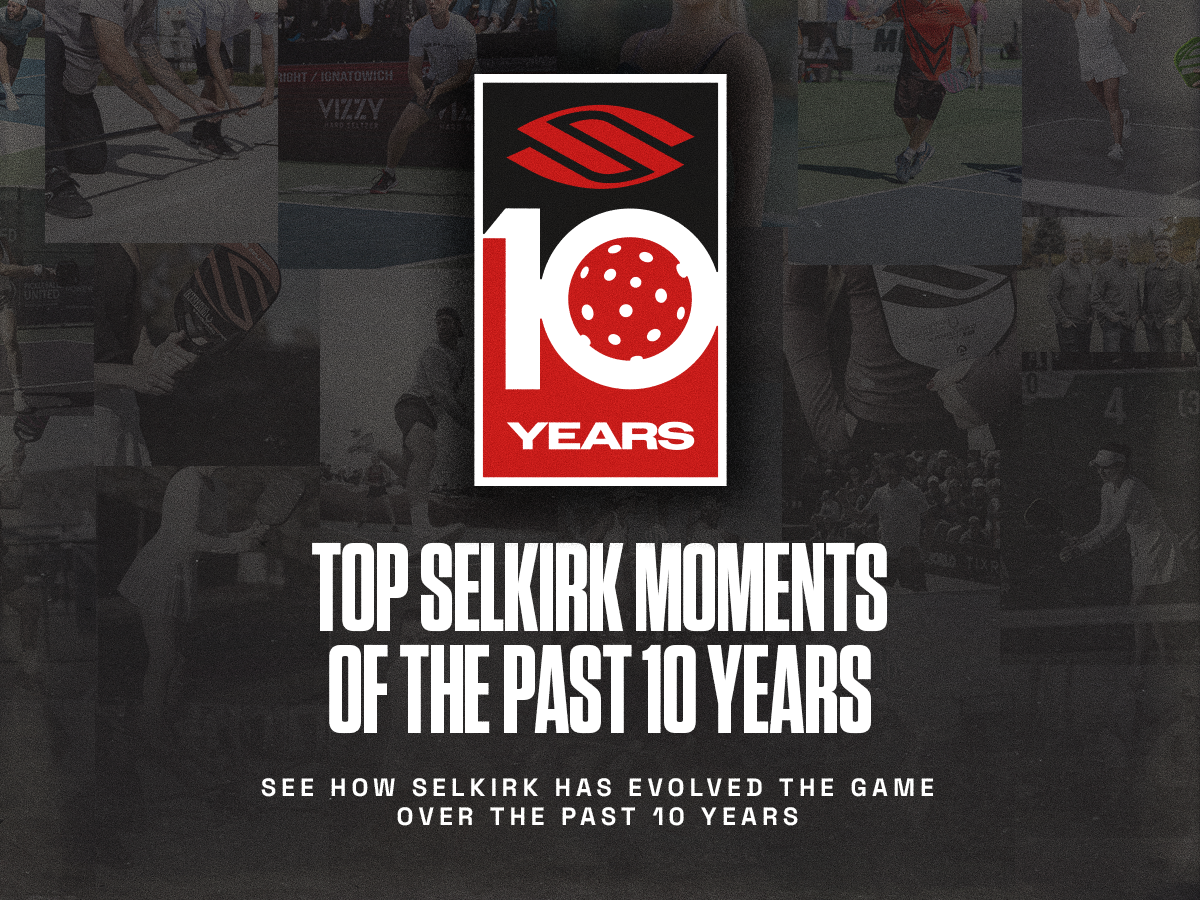
David Satka grew up in Indiana, a state where basketball is king.
Stories of players being raised by hoops nailed to the sides of their barns and underdog tales such as the “Milan Miracle” as told in the film “Hoosiers” are common in the crossroads of America.
Naturally, Satka was a proud member of his high school basketball team.
However, while sitting somewhat impatiently in class, Satka heard an announcement that would change the trajectory of his athletic career.
“They came over the intercom and said that anybody who wants to try out for the tennis team could leave school early, and I thought, ‘Yeah, that sounds pretty good,’” Satka jokes.
So, at 15 years old, Satka picked up a tennis racket for the first time. By the time he was a senior, he was the team’s No. 1 player and had offers to play Division III tennis in college.
Despite these offers, Satka chose to attend Indiana State University for its renowned criminal justice program. There was just one issue: It is a Division I school.
“Unbeknownst to me, my father sent a letter to the tennis coach asking if I could at least try out for the team,” Satka recalls. “So I tried out thinking I had no shot, but I was able to walk onto the team.”
To even make the team, Satka says, was an accomplishment he couldn’t have dreamed. However, through hard work and perseverance, Satka rose from a walk-on freshman to a starting player.
“I had to come up the hard way and work through a progression to get to where I was,” he says. “My first year, I was getting killed. I didn’t win much at all and I had a lot of catching up to do. The second year, though, I won a little more.”
By his senior year, Satka was a winning Division I player, a progression rare among Division I players.
This journey of improvement is a central theme in Satka’s new book “Winning Pickleball.”
A lifelong teacher — whether as a tennis coach during his college years, conducting criminology, or his eventual long-term career as a history professor — Satka uses his personal experiences with pickleball to teach readers new strategies of the game.
In fact, it was a desire for strategic play that led Satka to pickleball. While playing what Satka fondly refers to as “Old Man’s doubles” in tennis, he realized that no matter how much more he practiced, he had reached the peak of his tennis ability.
So, in 2017, Satka tried a few pick-up games of pickleball at his local YMCA and quickly saw the game’s limitless potential.
“In tennis, you can have a player blow you off the court with a 100-mile-an-hour serve, but in pickleball, there is strategy involved,” Satka explains. “If I’m playing someone half my age and twice as fast as me, they still have to figure out how to strategically beat me.”
As his skills grew, Satka began sharing tips with fellow club members. One day, a grateful recipient of his advice suggested Satka write a book.
At first, Satka laughed off the idea, but the man persisted.
“He said, ‘I’m serious. The advice you’re giving, I haven’t heard it put that way before.’ And that just really gave me the confidence I needed to try it out,” Satka says.
Although he always had a passion for teaching, writing didn’t come naturally to him. So, Satka started with the chapters that intrigued him the most, such as trash-talking and gamesmanship. Over 18 months, he conducted market research to ensure his tips were unique and valuable.
Satka hopes readers find his book both entertaining and enlightening, but most importantly, he wants them to finish with more tools than they started with.
“I hope people learn one or two things from every page, but if people even get 20% better by reading my book, I think that would be amazing,” Satka says. “A lesson is $60 an hour and you’ll only learn a little bit, but this book is $16 and you can learn a lot, so hopefully people do.”
























































